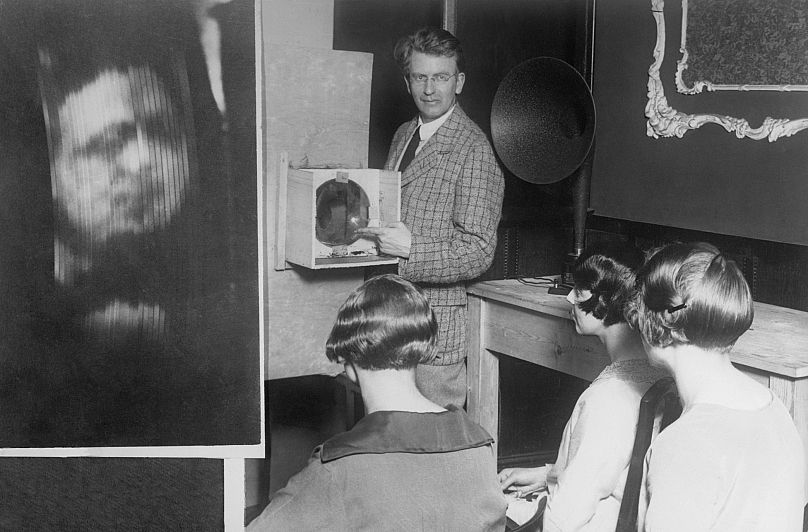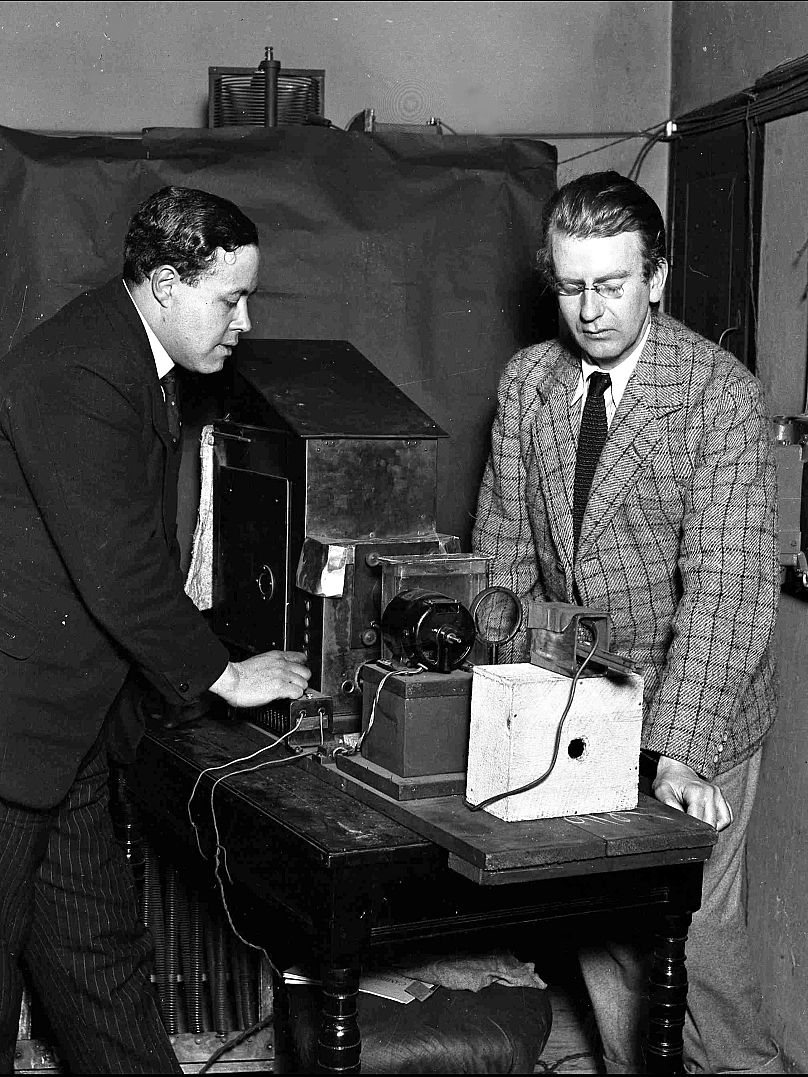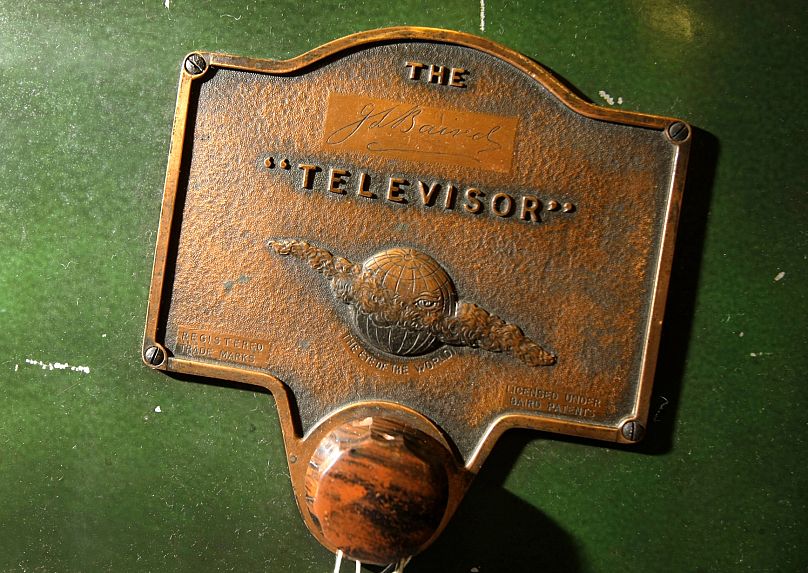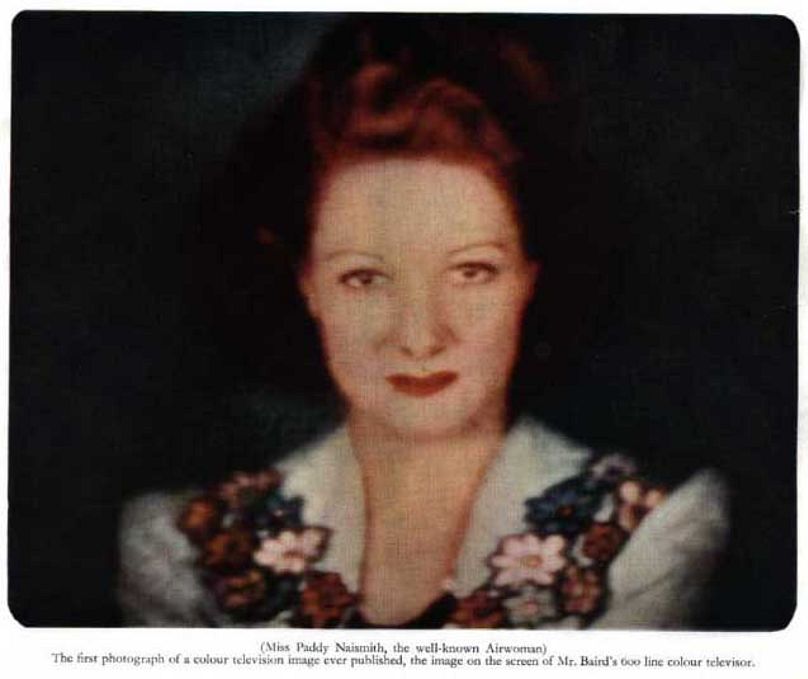On this day in 1928, the television pioneer demonstrated the world's first colour transmission.
On July 3, 1928, the Scottish inventor John Logie Baird accomplished a monumental feat by demonstrating the world's first colour transmission. This groundbreaking achievement revolutionised the field of television and had a lasting impact on the world.
Born in Dunbartonshire in 1888 before moving to Hastings on the south east coast of England, Logie Baird was a visionary inventor who had already made significant contributions to the development of television at the time of the transmission. Seeking to push the boundaries further, Baird set his sights on transmitting colour images.
He used scanning discs at the transmitting and receiving ends with three spirals of apertures; each individual spiral was fitted with a filter of a different primary colour. At the receiving end were three light sources, each with a commutator to alternate their illumination.
The demonstration was of 8-year-old Noele Gordon who wore different coloured hats for the demonstration. She would go on to become a successful TV actress, most well known for her role in the soap opera Crossroads.
Although the demonstration was a rudimentary attempt, it paved the way for the future of television. By 12 May 1937, some 9,000 TV sets had been sold with viewers able to watch the first ever major electronic television outside broadcast - the coronation of King George VI.
By 1939, it was estimated that 20,000 televisions were owned in the UK, but the advent of the Second World War meant all broadcasts were brought to a halt and were not restored until June 1946.
During the conflict, Baird continued his quest to create accurate colours on screen with his invention known as the ‘telechrome’. Between 1941 and 1942, he tweaked his invention, a high-intensity CRT system known as the ‘teapot tube’, to produce a two-colour image by placing filters in front of two tubes and projecting them onto a smaller screen to improve the colour intensity.
To demonstrate the colour, he used British actress, pilot and racing driver Paddy Naismith, who is said to have got the job because her distinctive red hair would show up well on the screen.
First shown in 1941, it was the first known image of colour television to be published and a year later, the BBC described the resulting colour image as "entirely natural".
It would be some 26 years, though, until regular colour transmissions began in the UK with other nations beginning to follow suit later on that decade.
While the vast majority of countries upgraded from analogue television - closely related to Baird’s 20th century inventions - to digital, starting from 2006, his legacy remains, allowing technological floodgates to open, allowing people to witness historical events and cultural moments with greater clarity and realism.















